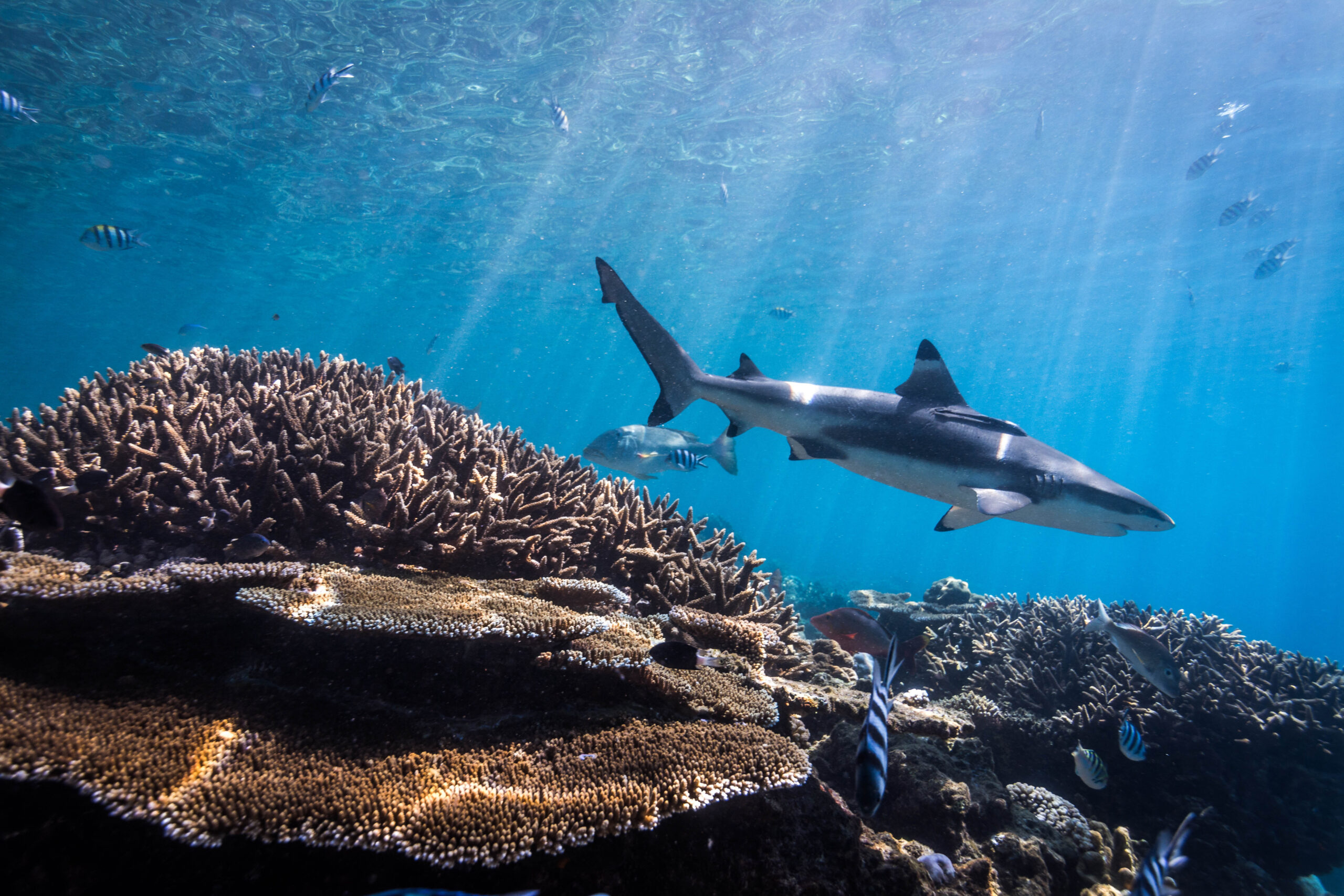For context:
“An ‘other effective area-based conservation measure’ is defined by the CBD as: A geographically defined area other than a Protected Area, which is governed and managed in ways that achieve positive and sustained long-term outcomes for the in-situ conservation of biodiversity, with associated ecosystem functions and services and where applicable, cultural, spiritual, socio–economic, and other locally relevant values (CBD, 2018).” (IUCN, 2021)
Less than 0.1% of the world’s marine areas are designated as OECMs, or other effective area-based conservation measures. The multidisciplinary conservation community should utilize OECM’s alongside conventional protected areas to conserve biodiversity. OECMs and protected areas can have the same outcomes (e.g., sustained biodiversity) even though they may have different objectives. Note that not all protected areas have an explicit biodiversity objective; sometimes area coverage is used as a success metric instead of biodiversity. OECMs can scale up conservation while promoting sustainability, supporting livelihoods, and protecting cultural practices, including equity and indigenous rights. For example, in the Amazon, 30% of the rainforest is Indigenous territories located outside of protected areas. Adding this third of the rainforest would increase the biodiversity conservation potential of the region.
The International Union for Conservation of Nature (IUCN) recommends that nature conservation should be the top priority of managed areas, but this principle upholds the Western view that humans are distinct from nature. This approach undermines governance systems where humans are a key part of nature, like that of Indigenous Australians. Inequities in conservation can occur when protected areas fail to prioritize local values and needs. OECMs can help create a more equitable environment, where people who manage areas that sustain biodiversity – regardless of how or why they manage those areas – can join in conservation decision-making. Sectors that are sometimes excluded in this process, like fisheries management organizations that have aided in rebuilding fish stocks and thus contributing to biodiversity gains, can be included through OECMs. OECMs can increase connectivity of suitable habitats and migratory paths, connecting one protected area to another. Adding these layers of managed areas reduces the risk of losing protected areas that are tied to the power of specific governments and government agencies, which are subject to change.
Five steps are outlined to ensure OECMs are recognized properly:
- Show that they work.
- Strengthen existing local governance.
- Secure funding.
- Agree on metrics.
- Include OECMs in other environmental agreements.
Authors: Gurney, G. G., E. Darling, G. Ahmadia, V. Agostini, N. Ban, J. Blythe, J. Claudet, G. Epstein, Estradivari, H. Himes-Cornell, H. Jonas, D. Armitage, S. Campbell, C. Cox, W. Friedman, D. Gill, P. Lestari, S. Mangubhai, E. McLeod, N. Muthiga, J. Naggea, R. Ranaivoson, A. Wenger, I. Yulianto, & S. Jupiter
Year: 2021
Nature 595: 646-649. 10.1038/d41586-021-02041-4ff. ffhal-03311837


